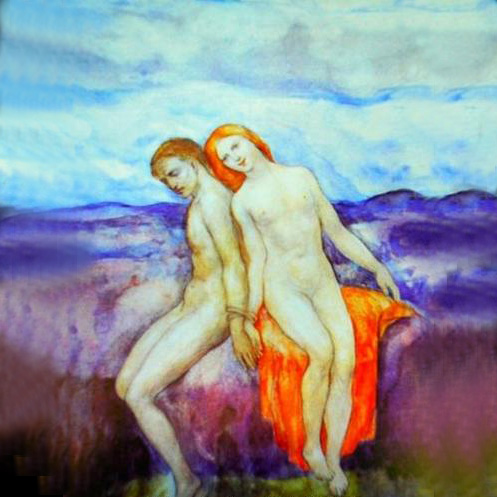The art of aido grew out of situations in which an unarmoured samurai wearing everyday clothing might find himself in a situation of having to rapidly improvise a defensive action – even while sitting having a meal while his sword lay beside him in its scabbard. Using the techniques of aido the sword could be drawn in a counteraction within one second of time – or left in its scabbard to block defensively when even that second of time is not enough. This explains why aido also can be performed when starting from a seated position on the floor.
Watching an accomplished proponent of aido can be remarkable enough, with all movements seeming as fluid as water, as effortless as breathing. As with other martial arts, neither age nor gender need have any bearing on levels of skill, with the practitioner using only exactly as much energy as is required for the actions. It might seem as if such an accomplished level of aido, where all actions express absolute fluidity, is the ultimate goal of this art. But there is another, perhaps more mystical, level beyond even this.
The ultimate expression of aido is not to fight, but not even to need to draw one’s sword in the first place. This ultimate goal comes only with the poise of the supreme warrior. For such an individual projects such an aura of calm, such equanimity, that any potential threats or aggression will be stilled in this individual’s presence. A potentially overheated situation is diffused.
All will be at peace, for a peaceful heart creates its own reality.
When the sword is at rest
and the wind stills to silence
the song of the birds
will again be heard.


































































+2.JPG)



